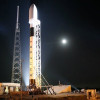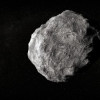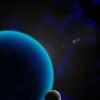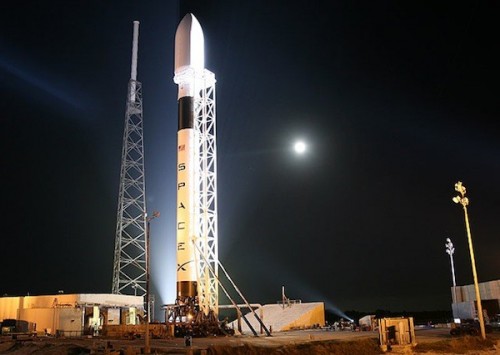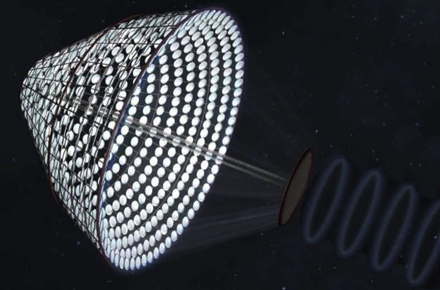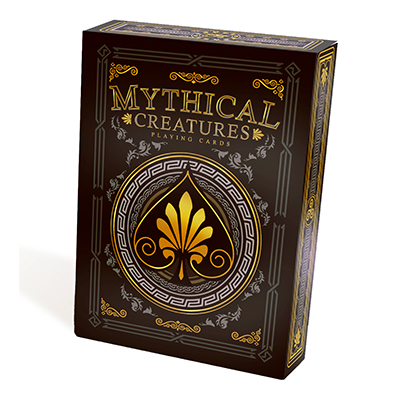NASA Discovers a Protoplanet in the Asteroid Belt
NASA researchers have utilized the data from the Dawn probe to confirm a long held suspicion, that Vesta is actually an ancient protoplanet.
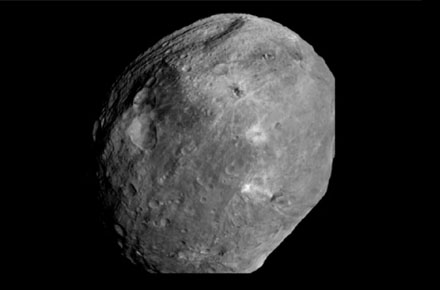
NASA researchers have utilized the data from the Dawn probe to confirm a long held suspicion about Vesta. Contrary to popular belief, Vesta is not actually a huge asteroid. Instead, Vesta, which is the second largest object inside the asteroid belt, has now been conclusively determined to be an ancient protoplanet.
The data collected by Dawn so far reveals several interesting facts about the protoplanet: Vesta’s core is made of iron, it has color variations that set it apart from every asteroid that has been explored to date and it is approximately as wide as the state of Arizona. Perhaps more interesting than any of those facts, however, was the discovery that Vesta suffered from two gigantic impacts during a time frame that is way beyond the Late Heavy Bombardment period.
The first of these impacts occurred approximately two billion years ago, and it created a basin that is 249 miles wide. That basin, named Veneneia by NASA researchers, was expanded upon approximately one billion years ago when another impact occurred.
The second impact almost erased the evidence of Veneneia, and it was named Rheasilvia. The Rheasilvia crater spans 314 miles, and the impact dramatically changed the surface of Vesta in many ways, including the creation of a raised central peak that now stands at over two times the height of Mount Everest.
Due to the two major impacts, the planet’s surface is extremely different on the northern and southern halves. The northern half was spared from the damage of the two impacts, and as such, it retains a good history of the countless minor collision that the protoplanet has encountered. This information is invaluable because it helps to date both the protoplanet and other events that have happened near it. The southern side’s surface was reset due to its two major collisions, so it is unknown what else may have impacted that portion of Vesta before two billion years ago.
Dawn will continue its exploration of Vesta until August 26, 2012. NASA researchers are looking for evidence of water, and they are also looking forward to exploring the most northern part of Vesta, which has been covered in shadows throughout Dawn’s current mission. The sun’s light will reach the northern part soon, however, and researchers hope that the north pole region will provide new information about the protoplanet’s history.
Once Dawn finishes with Vesta, it will head to Ceres, a dwarf planet that resides inside the asteroid belt. Dawn is scheduled to reach Ceres in February of 2015.
